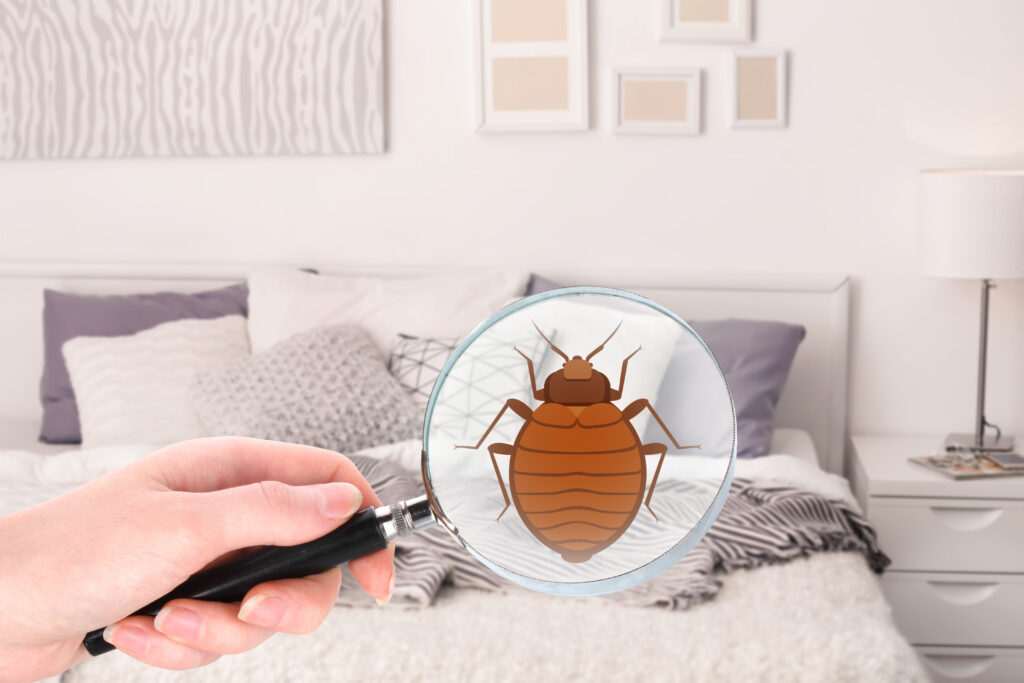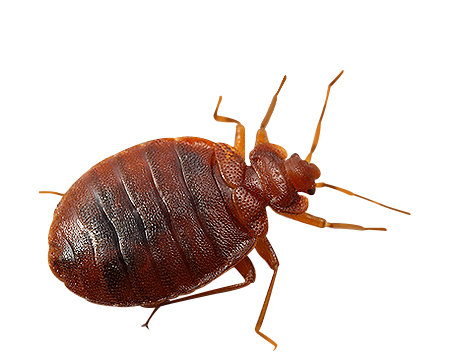Skilled Exterminator Arlington VA for Bed Bugs and Other Pests
Skilled Exterminator Arlington VA for Bed Bugs and Other Pests
Blog Article
Obtain Informed Concerning the Kinds Of Parasite Control Techniques and Their Benefits for Homeowners
Comprehending the various parasite control techniques available to home owners is necessary for reliable insect administration. Homeowners that are educated can make tactical options that not only address insect problems however also boost the general high quality of their living setting.
Chemical Pest Control Techniques
Chemical insect control approaches are a vital element of integrated insect administration approaches for home owners seeking efficient options to pest infestations. These approaches involve the application of chemical substances created to get rid of or hinder pests that endanger personal effects, wellness, and convenience. Typical chemicals utilized consist of insecticides, fungicides, rodenticides, and herbicides, each customized to target certain insects.
The main benefit of chemical bug control is its fast effectiveness; several formulations give immediate results, lowering pest populaces considerably quickly. In addition, breakthroughs in chemical formulations have actually caused items that are much more environmentally friendly and have reduced toxicity degrees for non-target microorganisms when applied correctly.

Biological Pest Control Techniques
Natural insect control methods have actually acquired importance as home owners seek safer and extra lasting alternatives to conventional chemical methods. Biological parasite control strategies use natural predators, parasites, or virus to manage insect populaces properly. This method is not just eco-friendly however additionally minimizes the threat of harm to non-target types, consisting of advantageous insects and wild animals.
Among one of the most typical biological control approaches entails introducing natural killers into the atmosphere. For instance, ladybugs can be used to control aphid populations, while nematodes target soil-dwelling insects like grubs. Additionally, parasitoids-- microorganisms that survive on or within a host-- can be used to manage certain pest species by laying eggs inside them, inevitably bring about their demise.
An additional strategy is the use of biopesticides, which are stemmed from natural materials such as plants, germs, or minerals (bed bug exterminator). These items can efficiently target parasites while presenting marginal threat to humans and animals. On the whole, organic pest control techniques give house owners with an efficient ways of insect monitoring that aligns with environmental principles, advertising a healthier living atmosphere while minimizing dependence on artificial chemicals
Mechanical Insect Control Methods
Mechanical parasite control approaches encompass a variety of techniques that physically protect against or remove bugs without the use of chemicals. These techniques are especially advantageous for house owners looking for environmentally friendly choices while making certain the safety and security of their space.
One typical method is making use of obstacles, such as screens, nets, and traps, which stop insects from entering homes or particular locations. Installing window screens can effectively maintain pests out, while utilizing physical obstacles around yards can prevent larger parasites like bunnies or deer. Additionally, mechanical catches created for rats can catch and get rid of these bugs without the need for harmful materials.
Another efficient technique involves using mops and vacuums to get rid of pests straight from surface areas. Routine cleansing and upkeep can dramatically lower pest populations by eliminating food sources and concealing spots. Using gadgets like ultrasonic bug repellents can discourage numerous bugs through noise waves that are undesirable to them yet faint to human beings.
Social Bug Control Practices
Social bug control techniques concentrate on modifying the setting and administration methods to develop conditions that are much less for pest infestations. These practices are essential in preserving a well balanced ecological community and decreasing the reliance on chemical interventions. By altering agricultural techniques, property owners can successfully discourage bugs while advertising plant wellness.
One typical strategy includes plant turning, which disrupts the life cycles of bugs by altering the types of plants grown in a specific area (bed bug exterminator). This not just lessens pest populations yet also boosts dirt health and wellness. Additionally, intercropping-- growing varied plants in proximity-- can perplex parasites and reduce their capacity to find their favored host plants
Water administration is an additional vital aspect of cultural practices. Proper watering strategies can protect against standing water, which works as a breeding place for mosquitoes and various other bugs. Additionally, preserving sanitation in and around the home, such as regularly removing debris and food safe rodent control waste, can significantly decrease bug tourist attraction.
Including these cultural practices right into a comprehensive bug management strategy enables homeowners to develop a setting that naturally prevents bugs, consequently enhancing the performance of other control techniques while advertising lasting horticulture and landscaping.

Integrated Bug Management Approaches
Integrated Pest Monitoring (IPM) represents an all natural strategy that incorporates various techniques to effectively manage pest populaces while decreasing environmental impact. This method integrates biological, cultural, physical, and chemical practices to accomplish sustainable parasite control. By analyzing pest populations and their all-natural adversaries, IPM emphasizes monitoring and identifying bugs before executing control actions.
Among the core concepts of IPM is making use of thresholds, which establish the degree of insect activity that warrants intervention. This guarantees that therapies are applied only when necessary, lowering the dependence on chemical pesticides. Biological control approaches, such as introducing natural killers or parasites, operate in conjunction with cultural methods like plant turning and habitat control to interrupt pest life process.
Additionally, IPM encourages making use of least-toxic chemical choices when treatment is required, prioritizing items that position minimal danger to non-target microorganisms and the setting. For homeowners, embracing IPM webpage comes close to not just boosts the efficacy of pest administration but also promotes a healthier living setting, cultivating biodiversity and lowering chemical direct exposure. Eventually, IPM empowers house owners to make informed decisions that stabilize bug control with environmental obligation.
Conclusion
Finally, recognizing the different pest control techniques empowers homeowners to make educated choices concerning pest administration. Each technique-- chemical, biological, mechanical, social, and incorporated pest administration-- uses distinctive advantages that provide to different demands and choices. By picking appropriate techniques, property owners can properly handle parasite populations over here while minimizing health and wellness risks and environmental impacts. This informed strategy adds to a healthier living atmosphere, promoting total wellness for pets and families alike.
Understanding the different bug control techniques offered to house owners is essential for effective parasite management.Chemical pest control methods are a vital element of integrated parasite management approaches for house owners looking for effective services to pest infestations. Overall, organic pest control techniques supply property owners with an efficient ways of parasite administration that lines up with eco-friendly concepts, advertising a much healthier living atmosphere while decreasing reliance on artificial chemicals.
Cultural insect control techniques focus on modifying the environment and monitoring strategies to develop conditions that are less conducive to pest invasions.In final thought, recognizing the various bug control techniques encourages homeowners to make informed decisions pertaining to pest monitoring.
Report this page